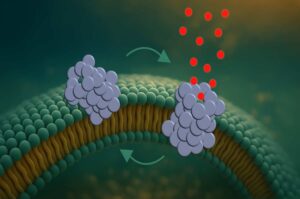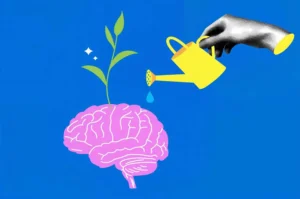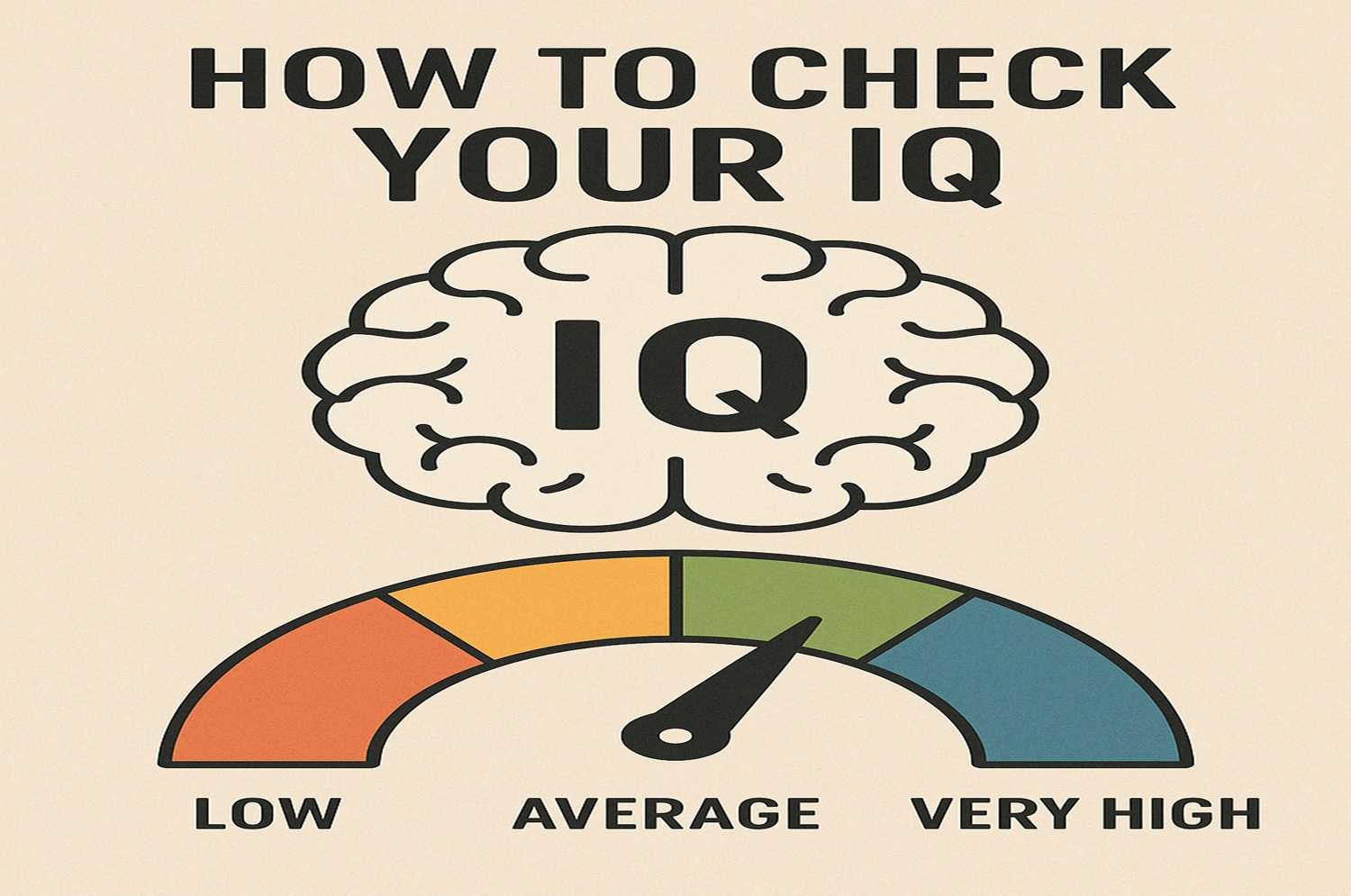The Digital Age of Addiction: Modern Perspectives on Substance Use
In an era where smartphones alert us to every notification and social media algorithms hook us with infinite scrolls, our understanding of addiction has evolved dramatically. Today’s substance use landscape intertwines with technology, social isolation, and unprecedented global stressors, creating new challenges in both prevention and treatment.
The Evolution of Modern Addiction
The traditional image of addiction – needles in dark alleys or bottles hidden in desk drawers – has transformed. Today’s substance use often begins in seemingly innocent ways: prescribed medications after surgery, social media-driven drinking challenges, or anxiety relief during video conference calls. The line between coping mechanism and dependency has become increasingly blurred in our high-stress digital society.
Digital Catalysts and Virtual Dealers
The internet has revolutionized substance accessibility. Dark web marketplaces offer anonymous purchases, while social media platforms become inadvertent advertising spaces for illicit substances. Cryptocurrency transactions have made tracking drug sales more challenging than ever, while smartphone apps can connect users with dealers as easily as ordering takeout.
The Pandemic’s Shadow: A New Wave of Substance Use
COVID-19 fundamentally altered addiction patterns. Remote work culture normalized day drinking for many professionals. Virtual happy hours replaced water cooler conversations. Isolation bred dependency, while recovery programs struggled to maintain effectiveness through video calls. This shift created a “shadow pandemic” of substance use that continues to ripple through society.
Virtual Recovery in a Digital World
Treatment centers have adapted, offering teletherapy and app-based support. Virtual reality exposure therapy helps patients confront triggers safely. Wearable devices track physiological responses to cravings, while AI algorithms predict relapse risks based on behavior patterns.
The Science of Modern Addiction
Recent neuroscience research reveals addiction’s impact on brain circuitry with unprecedented detail. We now understand that social media triggers similar dopamine responses to substance use, potentially priming individuals for addiction through constant digital stimulation.
Genetic Testing and Personalized Treatment
Advanced genetic screening can now identify predispositions to specific substance dependencies. This allows for tailored prevention strategies and more effective treatment protocols. Pharmacogenetic testing helps determine which medications will work best for individual patients, reducing trial-and-error approaches.
The Role of Artificial Intelligence
Machine learning algorithms now predict addiction vulnerability based on electronic health records, social media activity, and genetic markers. AI-powered chatbots provide 24/7 support to individuals in recovery, while pattern recognition software helps identify high-risk behaviors before relapse occurs.
Big Data and Prevention
Data analytics track substance use trends in real-time, allowing public health officials to respond to emerging threats quickly. Social network analysis identifies potential spread patterns of new substances, while predictive modeling helps allocate treatment resources more effectively.
The Crisis of Synthetic Substances
Designer drugs created in laboratories pose unprecedented challenges. These substances, often marketed as “legal highs,” can be modified faster than laws can regulate them. Their potency and purity vary wildly, making overdose risks extraordinarily high.
The Fentanyl Factor
Synthetic opioids like fentanyl have revolutionized the risk landscape. Their incredible potency means deadly doses can be invisible to the naked eye. Cross-contamination of other substances with fentanyl has created a Russian roulette scenario for any illicit drug use.
Modern Treatment Approaches
Neuromodulation Therapies
Transcranial magnetic stimulation and deep brain stimulation offer new hope for treatment-resistant cases. These technologies can alter neural circuits involved in addiction, reducing cravings and improving impulse control.
Psychedelic-Assisted Therapy
Research into controlled use of substances like psilocybin and MDMA shows promise in treating addiction. These treatments, conducted in clinical settings, can help patients process trauma and break entrenched patterns of substance use.
The Social Media Connection
Platforms like TikTok and Instagram have become double-edged swords in addiction. While they can spread dangerous substance use trends, they also provide platforms for recovery communities and educational content about addiction risks.
Digital Peer Support
Online recovery communities offer 24/7 support and understanding. However, the anonymity of these spaces can also enable denial and rationalization of continued use. The challenge lies in fostering authentic connection while maintaining accountability.
Environmental Factors in Modern Addiction
Climate anxiety, political polarization, and economic uncertainty create a perfect storm for substance use. Understanding these modern stressors is crucial for effective treatment and prevention.
The Urban-Rural Divide
While urban areas face challenges with synthetic drug availability, rural communities struggle with limited treatment access. Telehealth bridges some gaps but highlights digital inequality issues.
Future Directions
Emerging Technologies
Brain-computer interfaces may offer new treatment possibilities, while nanomedicine could provide targeted interventions at the cellular level. Virtual reality environments might offer safe spaces to practice coping skills and resistance to triggers.
Policy Challenges
As substance use patterns evolve, laws struggle to keep pace. Questions about digital privacy in addiction treatment, regulation of new synthetic substances, and the role of social media platforms in prevention require innovative policy approaches.
The Way Forward
Modern addiction treatment must balance technological innovation with human connection. While AI and digital tools offer new possibilities, the core of recovery remains human understanding and support. Success lies in integrating these approaches effectively.
Individual and Collective Responsibility
Addressing modern addiction requires both personal accountability and societal change. Understanding the role of technology, stress, and social connection in substance use helps create more effective prevention and treatment strategies.
The landscape of addiction continues to evolve with our rapidly changing world. By understanding these modern challenges and embracing innovative solutions while maintaining human connection, we can develop more effective approaches to prevention, treatment, and recovery support.
This isn’t just about substance use anymore – it’s about understanding how our modern world shapes dependency and finding new ways to promote resilience and recovery in a digital age.
Read Also:
The Cortisol Code: Cracking Your Body’s Stress Symphony
Frequently Asked Questions About Substance Abuse Treatment and Recovery
What is addiction?
Addiction is a chronic brain disorder characterized by compulsive substance use despite harmful consequences. It involves changes in brain circuits related to pleasure, stress, and self-control.
How do I know if I need treatment?
Seek help if you experience:
- Inability to control substance use
- Withdrawal symptoms when stopping
- Neglecting responsibilities
- Continuing use despite negative consequences
- Failed attempts to quit
Is addiction treatment covered by insurance?
Most insurance plans cover addiction treatment under the Affordable Care Act. Coverage varies by provider and plan. Contact your insurance provider for specific details about coverage options.
How long does treatment take?
Treatment duration varies based on individual needs:
- Detox: 3-10 days
- Inpatient programs: 30-90 days
- Outpatient programs: 3-12 months
- Ongoing maintenance: Lifelong commitment
What happens in rehab?
Rehabilitation programs typically include:
- Medical detoxification
- Individual counseling
- Group therapy
- Family therapy
- Life skills training
- Relapse prevention planning
Can I keep working during treatment?
Yes, outpatient programs allow you to maintain work and family commitments while receiving treatment. Options include evening programs, weekend sessions, and flexible scheduling.
What about confidentiality?
Treatment centers must follow HIPAA privacy regulations. Your treatment information remains confidential unless you provide written consent for disclosure.
Is relapse a treatment failure?
No. Relapse is often part of the recovery process, not a sign of failure. Like other chronic conditions, addiction may require multiple treatment attempts.
Can I visit family during inpatient treatment?
Most facilities allow family visits after an initial adjustment period. Family therapy and education programs are often integral parts of treatment.
What medications are used in treatment?
Common medications include:
- Methadone and buprenorphine for opioid addiction
- Naltrexone and acamprosate for alcohol dependence
- Antidepressants or anti-anxiety medications for co-occurring disorders
How do I choose a treatment center?
Consider:
- Accreditation and licensing
- Treatment approaches offered
- Staff qualifications
- Location and environment
- Cost and insurance acceptance
- Success rates and reviews
What happens after treatment?
Aftercare options include:
- Outpatient therapy
- Support group meetings
- Sober living homes
- Regular check-ins with counselors
- Alumni programs
Can addiction be cured?
While addiction can’t be cured, it can be effectively managed through ongoing treatment and support, similar to other chronic conditions like diabetes or heart disease.
What support is available for families?
Families can access:
- Family therapy sessions
- Support groups like Al-Anon
- Educational programs
- Counseling services
- Crisis intervention
How can I prevent relapse?
Key strategies include:
- Following aftercare plans
- Attending support meetings
- Maintaining healthy routines
- Identifying and avoiding triggers
- Building a strong support network
What if traditional treatment doesn’t work?
Alternative options include:
- Different treatment modalities
- Specialized programs
- Dual diagnosis treatment
- Alternative therapies
- Intensive outpatient programs










1 thought on “Addiction Treatment Guide, Your Journey to Lasting Recover”